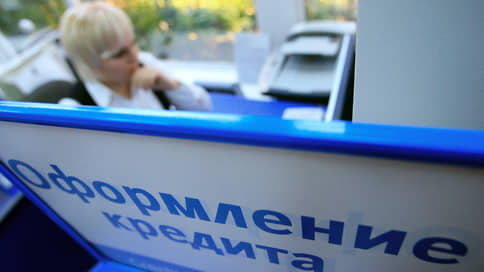After record results, POS lending is preparing for a slowdown
[ad_1]

After the rapid growth of the POS lending market and reaching a new historical record for issuance volumes in 2023, the segment will significantly slow down its growth rate, market participants expect. Consumers have decreased interest in the lending market in recent months due to rising prices for goods and services, high lending rates and strict regulation by the Central Bank. In addition, a significant share of potential POS borrowers are driven away by financial offers from marketplaces.
After record results of the POS lending market, experts and market participants expect a slowdown in the growth rate of the segment. According to the forecast of Tinkoff Credit Broker, in 2024 the growth could be about 10%. NRA analysts also expect the segment to grow by 10%. Valery Piven, head of the ACRA financial institutions ratings group, is more optimistic, estimating the market growth rate at 10–15% this year.
According to FrankRG, in 2023 the volume of issued POS loans reached 497 billion rubles, their number exceeded 15 million, which is a record figure for ten years. The growth compared to 2022 was 42% and 23%, respectively.
This year, the growth of the segment will mainly be ensured by an increase in loan sizes against the backdrop of rising prices for goods, the popularization of installment plans as a payment method and the connection of new retailers, market participants believe. Market growth will be restrained by tightening regulatory policy – high loan rates, tightening macroprudential limits, says Maxim Zaitsev, head of Tinkoff Credit Broker.
“The impact of increased rates on the dynamics of the segment will be less due to the fact that the main profitability on this type of loans is formed by premiums for credit risk and commissions, which reduces sensitivity to changes in the key rate,” points out Mr. Piven. At the same time, he notes that although the influence of inflation will ensure an increase in the average loan size, an increase in prices for essential goods “may lead to the population refusing to purchase other goods, which will negatively affect the interest in obtaining POS loans.” .
In these conditions, traditional players in the POS lending market are talking about a decrease in the share of this type of loans in their portfolio.
“The POS share has decreased due to a shift in focus to the development of non-targeted retail lending, including remote lending,” said OTP Bank.
Pressure on the classic segment of POS lending will also be exerted by the activities of marketplaces with the participation of related banks. Currently, the market volume has reached 100 billion rubles. and it will continue to grow, Tinkoff Credit Broker estimates. “Marketplaces take potential buyers away from traditional retail, where installment services for buyers were presented,” explains Maxim Zaitsev. “This segment is currently at the stage of active development and as the volume of trade turnover on marketplaces grows, it will only increase, which will affect classic POS programs,” notes Konstantin Borodulin, director of NRA bank ratings.
According to Infoline-Analytics, online retail sales in Russia by the end of 2023 may reach 7.7 trillion rubles. The surveyed marketplaces deny the fact of issuing POS loans. However, given that from the summer the Bank of Russia will begin to regulate the BNPL segment (buy now pay later, services for paying for purchases in installments in equal installments), in which marketplaces are active (see “Kommersant” dated September 1, 2023), there is a possibility that marketplaces will refocus on POS loans through their banks, believes Frank RG project leader Artem Mosin. “Much will depend on the development of lending on the largest platforms, on how much they resolve the issue of raising funds for more aggressive development of the area, including how actively marketplaces will be willing to cooperate with banks to provide lending services to their clients,” they point out. OTP Bank. At the same time, as Irina Zhimerina, director of partnership business development at Home Bank, notes, “we are actively working with these players in the e-com market, so we are talking about synergy, not competition.”
[ad_2]
Source link





